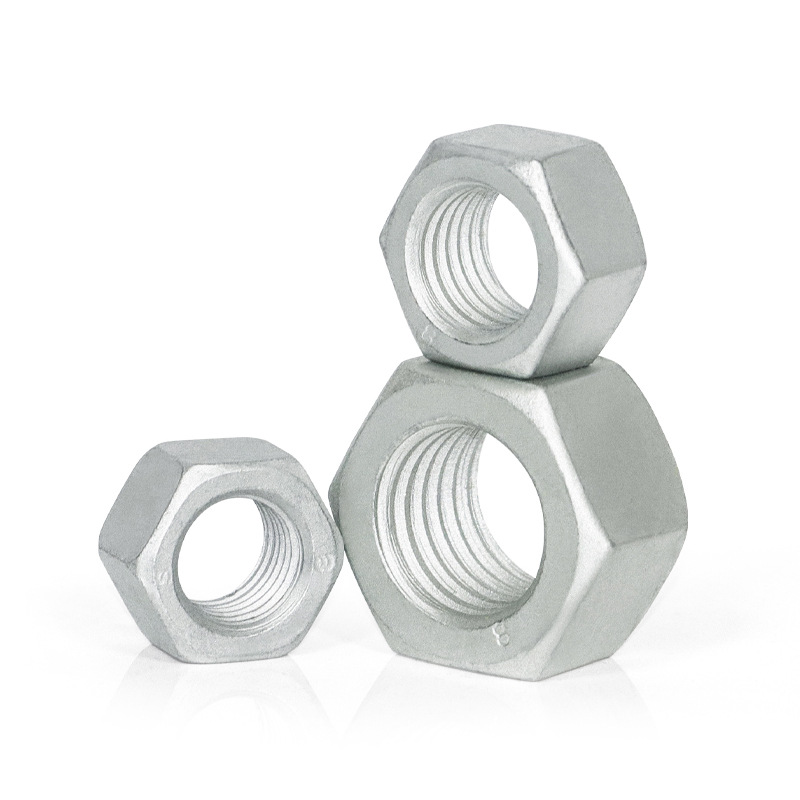

astm f3125
Dec . 24, 2024 08:32 Back to list
astm f3125
Understanding ASTM F3125 A Standard for High-Strength Structural Bolting
The modern construction industry often relies on the use of high-strength structural bolting assemblies, which are vital for ensuring the safety, integrity, and longevity of various structures. One of the key standards governing these bolting systems is ASTM F3125, which provides guidelines and specifications for various grades of high-strength structural bolts, nuts, and washers. This article delves into the significance of ASTM F3125, its components, and its impact on structural engineering.
What is ASTM F3125?
Published by ASTM International, ASTM F3125 is a standard specification for high-strength structural bolting assemblies. It encompasses various grades of bolts, specifying their mechanical properties, chemical composition, manufacturing practices, and appropriate methodologies for installation and testing. The standard aims to ensure that these assembly components can withstand the demands of heavy loads and diverse environmental conditions, making them suitable for critical applications in construction, bridges, and buildings.
Components of ASTM F3125
1. Bolt Grades ASTM F3125 outlines multiple grades of high-strength bolts, each defined by specific mechanical properties. The most commonly referenced grades include A325 and A490, but the standard also includes additional grades tailored for specialized requirements. Each grade has distinct yield strengths and tensile strengths, ensuring that engineers can select the appropriate bolting system for their project's specific needs.
2. Nuts and Washers Along with bolts, ASTM F3125 specifies the requirements for corresponding nuts and washers. The nuts must exhibit properties compatible with the bolt grades, and the washers must provide adequate load distribution and prevent damage to the materials being fastened.
astm f3125

3. Manufacturing and Testing The standard also details the manufacturing processes that ensure high-quality and reliable products. This includes heat treatment, mechanical testing, and surface finishes. Rigorous testing methodologies are stipulated to assess the strength, ductility, and overall performance of the fasteners, ensuring compliance with the safety and performance expectations laid out in the standard.
Importance of ASTM F3125 in Engineering
The implications of ASTM F3125 in structural engineering cannot be overstated. By adhering to this standard, engineers are equipped with a reliable framework for designing bolt assemblies that can support significant loads while also withstanding various environmental threats, such as corrosion and fatigue. This leads to enhanced structural integrity and minimizes risks during construction.
Moreover, compliance with ASTM F3125 eases communication between engineers, contractors, and manufacturers. It sets a common language and understanding for all stakeholders involved in a construction project, ensuring that everyone is on the same page regarding the materials being used. This uniformity can lead to reduced errors and miscommunication, ultimately resulting in time and cost savings.
Sustainability and Future Trends
As the construction industry moves towards more sustainable practices, the role of standards like ASTM F3125 is increasingly relevant. The standard's emphasis on quality and performance contributes to the durability of structures, reducing the need for repairs and replacements over time. Additionally, as new materials and technologies emerge, continuous updates to ASTM F3125 will be essential to incorporate innovative practices while maintaining safety and reliability.
In conclusion, ASTM F3125 serves as a critical standard in the realm of high-strength structural bolting. By outlining rigorous specifications for bolts, nuts, and washers, the standard not only ensures safety and durability in construction but also facilitates communication among industry professionals. As the field of structural engineering continues to evolve, adherence to standards like ASTM F3125 will remain fundamental in delivering reliable and sustainable construction solutions. Building a safer future starts with understanding and applying the standards that guide our materials and practices.
Latest news
-
Hot Dip Galvanized Bolts-About LongZe|High Strength, Corrosion Resistance
NewsJul.30,2025
-
High-Strength Hot Dip Galvanized Bolts - Hebei Longze | Corrosion Resistance, Customization
NewsJul.30,2025
-
Hot Dip Galvanized Bolts-Hebei Longze|Corrosion Resistance&High Strength
NewsJul.30,2025
-
High-Strength Hot-Dip Galvanized Bolts-Hebei Longze|Corrosion Resistance&High Strength
NewsJul.30,2025
-
Hot Dip Galvanized Bolts-Hebei Longze|Corrosion Resistance&High Strength
NewsJul.30,2025
-
Hot Dip Galvanized Bolts - Hebei Longze | Corrosion Resistance, High Strength
NewsJul.30,2025

